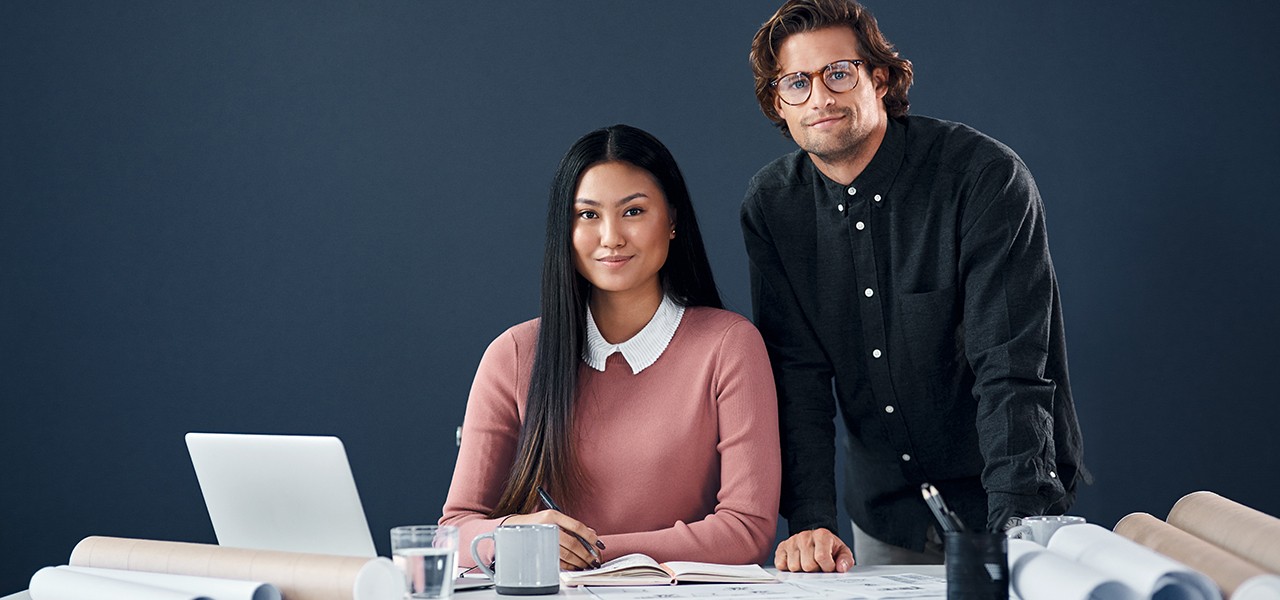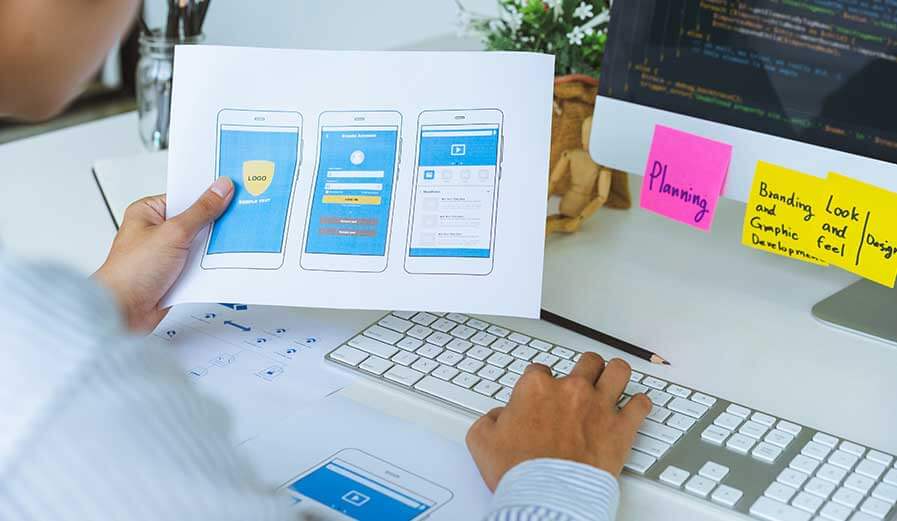Location :
Client :
Architect :
Category :
Duration :
Complete :
374 Linda Street, London
Robert William
Harry Johnson
portfolio
10 Month
15 Apr 2024
Modern Backgrounds (BG) in design refer to visual compositions used in a variety of digital and physical contexts to enhance user interfaces, websites, presentations, marketing materials, and more. A modern background is characterized by simplicity, minimalism, clean lines, and contemporary aesthetics that align with current design trends. These backgrounds often focus on sleek, streamlined visuals that enhance the content rather than detract from it. They emphasize function, usability, and subtle beauty while promoting clarity and user engagement.
Key Characteristics of Modern Backgroun
Minimalism is at the heart of most modern backgrounds. The less-is-more approach focuses on using the fewest elements necessary to create a cohesive design. This includes limited use of textures, patterns, and colors. Minimalist backgrounds typically consist of solid colors, soft gradients, or minimal shapes that do not overwhelm the foreground content.
Gradients have made a resurgence in modern design, offering a subtle and sophisticated way to add depth and interest to a background. Unlike older, harsh gradients with stark contrasts, modern gradients tend to be soft and smooth, often blending analogous colors (colors that are next to each other on the color wheel) or slightly tinted variations of the same hue. This adds dimension without detracting from the main content.
Trends in Modern Background Design
While flat design remains popular, there is a growing trend toward incorporating three-dimensional elements into modern backgrounds. This might involve subtle use of shadows, layering, or light effects that create the illusion of depth, adding more realism and engagement to digital interfaces or presentations.
Designers are increasingly looking to nature for inspiration in creating modern backgrounds. Organic shapes, flowing lines, and color schemes that mimic natural environments (such as earthy tones or sky gradients) are becoming more prevalent. This adds a more human, soothing touch to digital designs, contrasting with the starkness of earlier minimalist trends.
Conclusion
Modern backgrounds are a vital part of contemporary design across various fields, including web development, user interfaces, branding, and presentations. By prioritizing simplicity, elegance, and functionality, modern backgrounds create visually appealing compositions that enhance the overall user experience. Through the use of minimalism, gradients, geometric shapes, and neutral color schemes, these backgrounds set the tone for sleek, professional, and effective design, embodying the aesthetic and functional principles of modern design.
Solution:
Design Concept: Multi-level design adapting to the hillside, large windows for natural light and views.
Sustainable Features: Reclaimed wood, solar panels, rainwater harvesting, green roof gardens.
Structural Integrity: Collaboration with structural engineers, retaining walls, deep foundation.
Permitting: Detailed architectural drawings, regulatory compliance & necessary permits.
Result:
Construction Completion: On time, within budget, high-quality craftsmanship.
Client Satisfaction: Met and exceeded client’s goals, seamless indoor-outdoor integration.
Sustainable Living: Significant energy savings, reduced environmental footprint.
Recognition: Featured in architectural publications, praised for innovative design.


